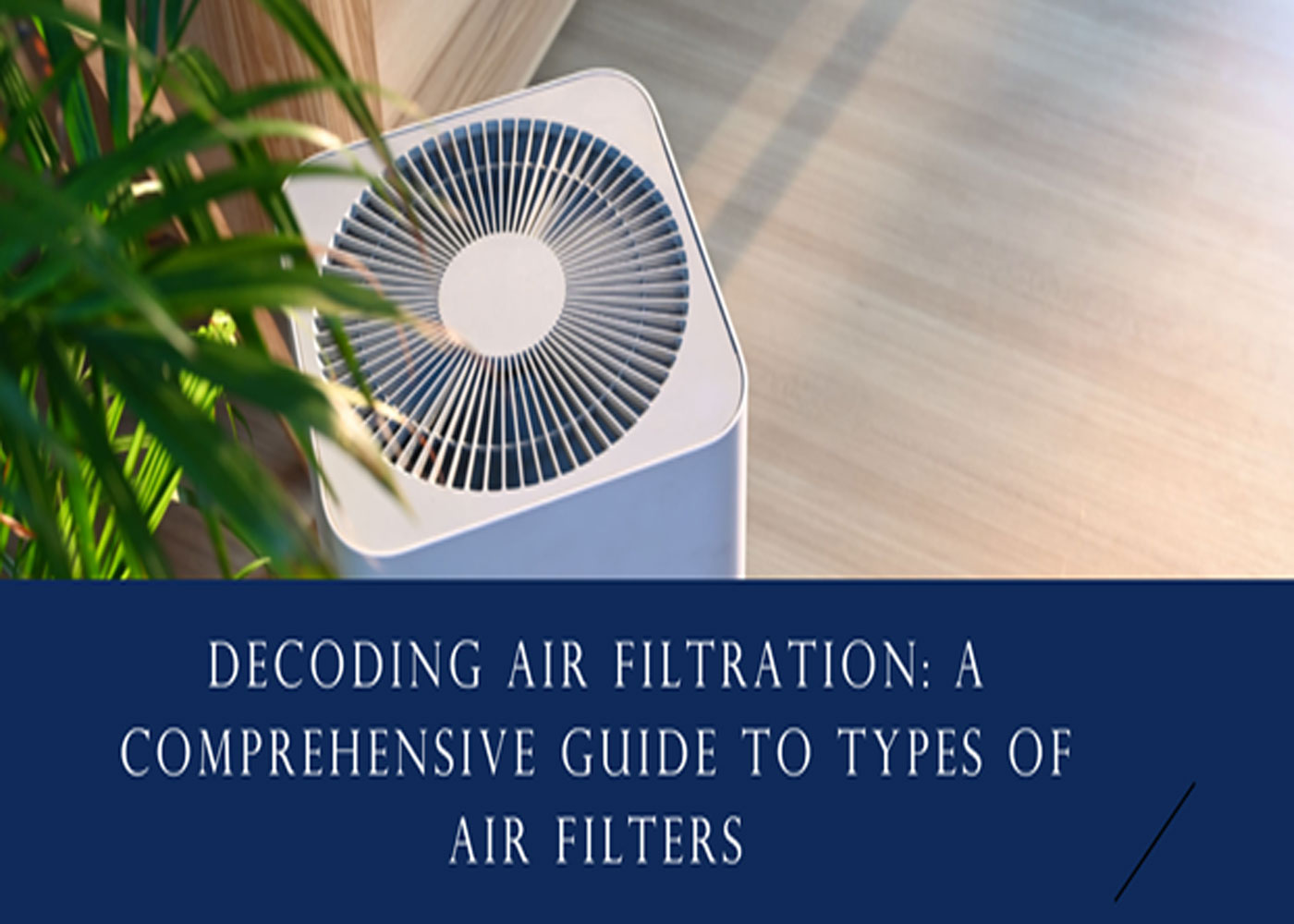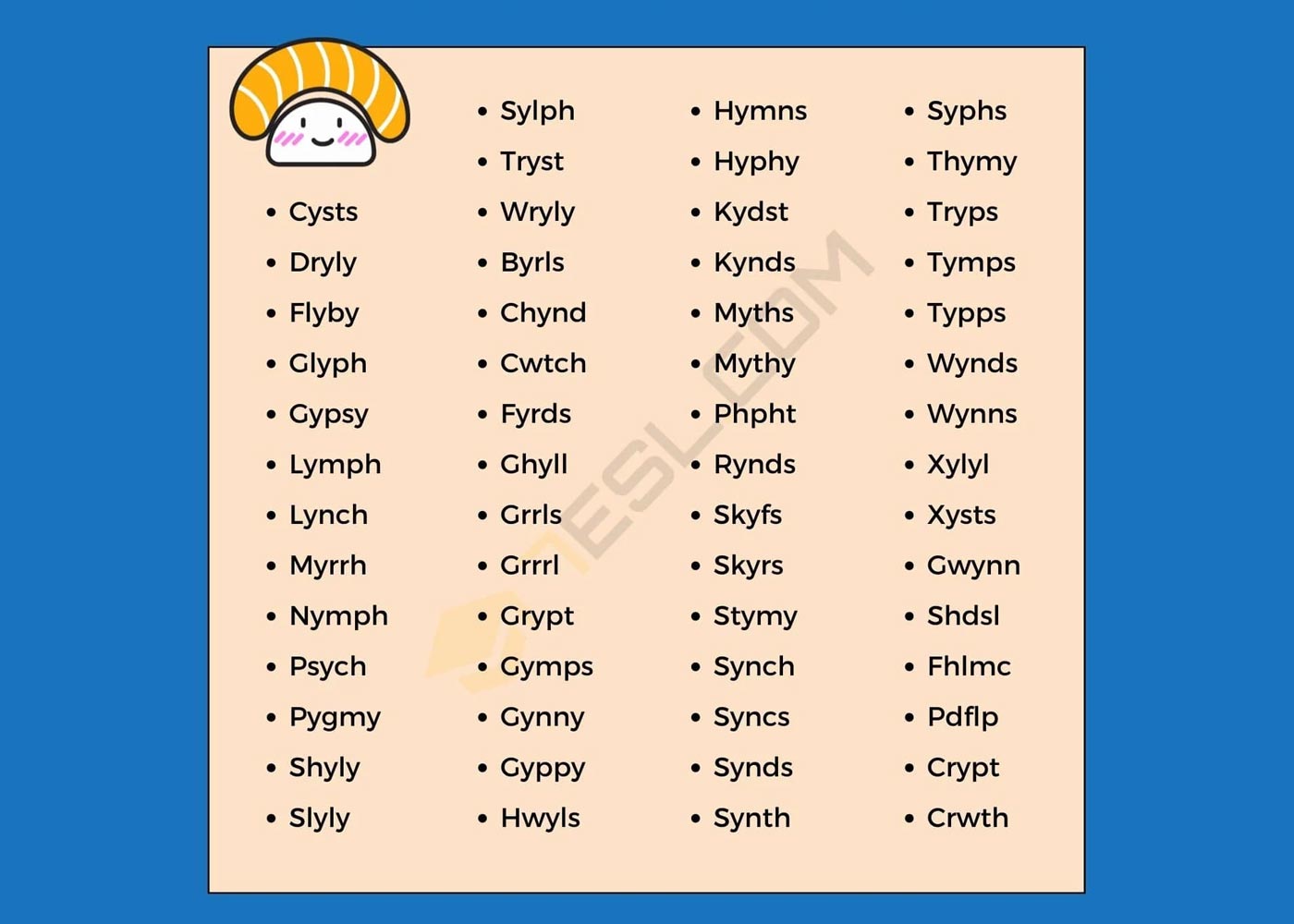
The air you breathe is vital. Any contamination in the air will jeopardize your lives and predispose you to diseases and discomfort. As you invest in other accessories to make your home more comfortable and safe for day-to-day life, remember to work on the air quality in your home.
In the case of special conditions like allergies or asthma, you need to be even more strict with your efforts to ensure the air is free from contaminants and irritants. You can achieve this by bolstering your air purification efforts using air filters.
What Are Air Filters?

Air filters are special implements used to remove airborne contaminants and microorganisms that are harmful to health and hazardous to the ecosystem at large. Air filters are used for domestic uses to purify the air as well as at the industrial level to preserve product quality and protect crucial and delicate equipment from impairment.
The air filters work by attracting contaminated surrounding air to go across their filter medium with precise openings. In the process, the foreign particles more prominent than those fine openings are trapped within the filter medium and are separated from the air passing through it. There are many types of air filters you can use, and they all work well under different circumstances.
Types of Air Filters You Should Know About

1. HEPA Air Filters
If you think of easy-to-use air filters, then you don’t need to think further than HEPA Air Filters. With unprecedented efficiency, it stops up to 99.97% of airborne particles. HEPA Air Filter is specially designed to trap dust, pet dander, and allergens.
If you keep pets, enjoy some cigars, or are dealing with allergies or asthma, HEPA Air Filters may be the perfect option for you. For service, you need to change this air filter every 4-6 months for heavy users or every 2-3 months in instances of moderate use. Furthermore, when you need to replace or bolster their efficiency, Idylis replacement filters remain the safest solution to work with.
2. Activated Carbon Air Filters

Like many people, you may think of charcoal as dirty and may be reluctant to handle it, especially when you have dressed up for an occasion. In reality, however, charcoal is an excellent cleanser of the air, water, and even for our bodies. It is not charcoal in its usual state but in its activated form, known as activated charcoal or activated carbon.
While carbon is quite a porous element, it needs heat and chemical treatment to remove some components. This is what is technically known as activation, which results in a highly porous carbon that can filter out tiny particles. Activated carbon is one of the safest air filters and can be employed for multiple uses.
3. Fiberglass Air Filters

Fiberglass is one of the top-tier air filters excellent for catching large contaminants, including pet dander and dust. It is also used many times to help maintain excellent airflow. Since spun fiberglass is affordable and reliable, fiberglass air filters remain among the best. Many top-grade air filters are made from this blue ribbon glass.
As great as it is, most people can be crowded out with pricing. Not that fiberglass is very expensive, but some are accessible more cheaply, like nature’s purifier (plants). Furthermore, glass fiber air filters require more substantial filter media than filters made of synthetic material. Unfortunately, incorporating more filter media does not come without a cost. It comes with a pressure drop; hence, the airflow resistance is made way higher.
4. Plastic Air Filter
Many things can work for our good when put to good use. Plastic, which is taken as a humongous pollutant when burned openly, is a surprise air purifier. Don’t expect plastics to work in the same way they pollute the air.
Durable plastics like polypropylene are used to make long-lasting and washable air filters. The durability and washability of plastic air filters come with two advantages: long-term affordability (since you don’t need to acquire new filters) and an eco-friendly product (Since no new resources are needed). These synthetic air filters are great for indoor air filtration. Some service providers add a charge to the plastic filter fibers to grant them a boost in performance and revamp their efficiency.
5. Foam Air Filters
Foam can also be used as an air filter. Form air filters result from engineered porous foams made from polyurethane, polyether, or polyester. Sometimes, it can be made from a combination of the three. Foam filters have a lofty dirt retention potential, making them well-suited for exhaust and automobile filters.
6. Plants

The contribution of plants as nature’s air filter cannot be appreciated enough. This is why efforts to preserve vegetation cover should attract concerted efforts and goodwill.
So, how do plants contribute to air purification?
Through tiny pores in their lives (that can only be seen under a microscope), plants absorb atmospheric air. It employs Carbon (IV) Oxide in the vital process of food production known as photosynthesis. After using CO2, the plants fill up the atmosphere with clean oxygen, which is badly needed for animal life. The plants also purify the atmospheric air by taking in other microscopic contaminants. This is why you should have trees in residential areas.
Bottomline
Air filtration is fundamental to life on earth and comfort in various stations of work. The multitudinous contaminants and microorganisms need to be filtered out to limit their harmful effects on human life as well as on animals and equipment.
Different situations demand different air filters, and you need to understand how they work to see which one suits your unique setup.




















Comments (0)
Write a Comment